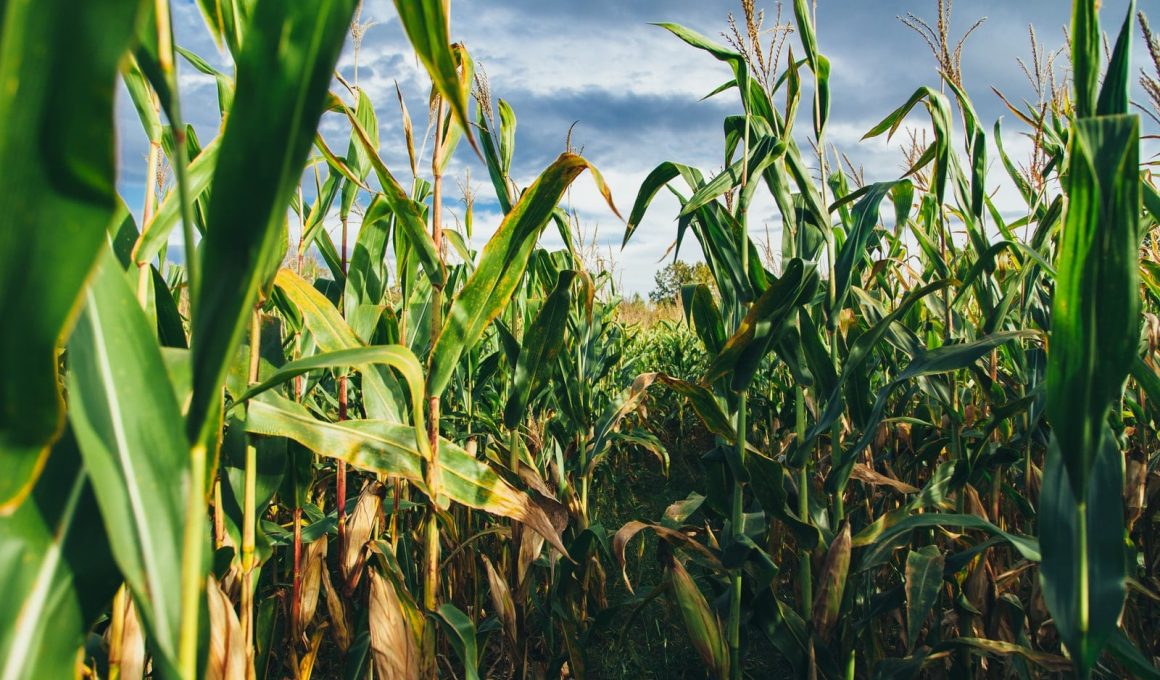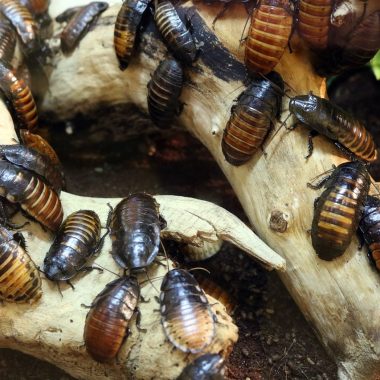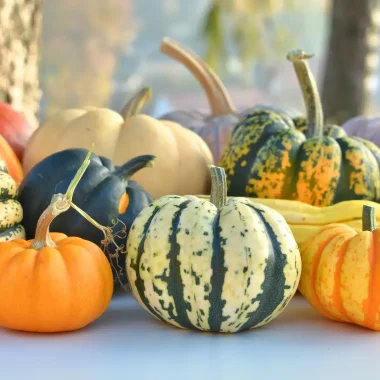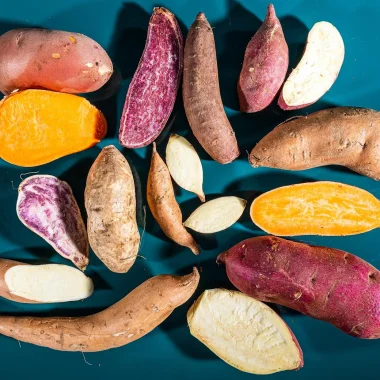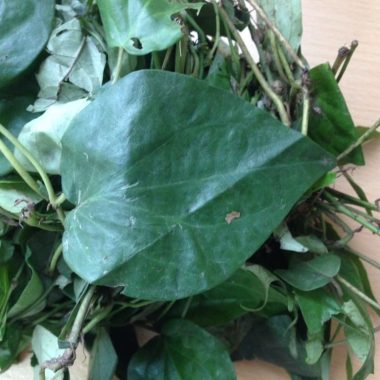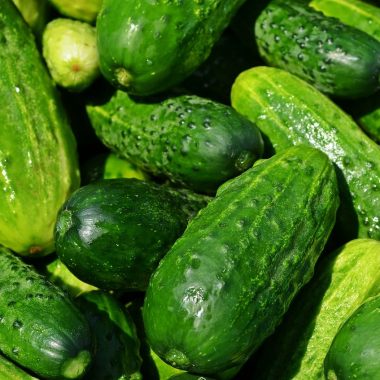The different types of corn plants are some of the most well-known vegetables for a good reason. They are cultivated from a local plant that has become an American convention.
This fun, simple-to-develop trim comes in an extended range of colors, shapes, and sizes. It makes a culmination of any garden.
It is packed full of vitamins, cancer prevention agents, and fiber. This trim can be delighted in numerous ways, whether eaten new, cooked, popped into Popcorn, protected, or ground into flour.
However, one reason corn is so unimaginably flexible in the kitchen is that it is so effectively adjusted.
Starting with virtuoso plant breeding procedures of innate people groups 8,000 ago, corn has developed in all developing climates and elevations.
There are a few distinct categories of corn based on the textural qualities of the bits with distinctive culinary uses.
Although you don’t develop, you possess corn even on the off chance you don’t grow. It could be a portion of a standard of living as corn has been imbued into numerous mechanical forms, biofuels, and creature nourishment.
Learning more about corn and how it develops will grant you an entirely new appreciation for this surprising trim.
Some of the different types of Corn Plants are listed below.
1. Ambrosia Hybrid
This is one of the most famous different types of corn plants. Correct, that’s right—ambrosia is just like custard. And it’s not for nothing that this SE assortment is named after the delightful sweet dessert.
This full yellow and white assortment is lovely and ideal for domestic development. It takes 75 days to reach the product. It produces 8-inch-long ears on six ½-foot-tall plants.
2. Blue Hopi
This heirloom SH2 assortment has 5-foot stalks that deliver 7-inch, exceptionally dull blue ears that are exceedingly decorative.
However, it was customarily accepted that, when eaten sometime recently on a long journey, the buyer was ensured a safe return. So, in case you’re arranging any long trips, it’s usually a great assortment to try.
Mature in 100-110 days, ‘Blue Hopi’ produces huge ears with a sweet flavor between 8-9 inches in length. When collected, the ears can be eaten or kept dry and utilized to form flour for tortillas.
3. Golden Bantam
Burpee firmly states that the assortment usually made yellow sweet corn prevalent. When Burpee presented it in 1902, individuals needed white parts, the color that implied a high-quality item at the time.
But since it was bredGolden Bantam rapidly picked up notoriety, much appreciated the ease with which it grows in excellent soil early within the season.
Usually, it’s an SU type. The stalks, as it were, reach approximately 5 feet in stature and frequently bear two 5 ½ to 6 ½-inch-long ears each, but for old-fashioned flavor, it’s unparalleled.
4. Honey Select Hybrid
Next on our list of different types of Corn plants is the Honey Select Hybrid, which was an AAS Victor for 2001.
This “triple sweet” assortment produces ears with a crossover of 75% SE and 25% SH2, giving a rich and sweet flavor that’s difficult to match.
Creating ears between 8 and 9 inches long, the ‘Honey Select’ half-breed is prepared to gather in 80 days. It also develops on stalks that will reach up to six feet tall. It sets best in full sun in USDA Solidness Zones 3-11.
5. Jubilee Hybrid
This well-known assortment is excellent because it is bountiful, creating huge yields with ears 8 1/2 to 9 inches long with 18 to 20 lines of shining yellow kernels.
This sort is scrumptiously sweet and prepared for the picking in 90 days. It’s idealized for handling and solidifying, even though it can be eaten fresh.
This SU assortment develops six-foot-tall stalks and flourishes in full sun conditions with somewhat acidic soils.
6. Nirvana Hybrid
Nirvana’s hybrid offers the finest of all the universes: bi-color yellow and white, sweet, energetic, simple to develop, and lovely, all wrapped up in one slick small husk.
This assortment is particularly high-yielding, culminating in an expansive family or sharing with your neighbors.
Although an SH2 assortment, ‘Nirvana’ hybrid parts are plumper than your regular SH2, so your collection will be more like an extra-sweet SE variety. It takes 72 days to develop fully and does best in full sun conditions.
7. Peaches and Cream
This type of corn plant reaches development in 80-83 days; ‘Peaches and Cream’ remains new for longer than other types.
Outlined with markets and roadside stands in intellect, it is well suited to domestic gardens. The stalks create expansive, 8-inch ears, and it does best in full sun, in Zones 3-11.
8. Picasso Hybrid
Picasso Hybrid is also one of the different types of corn plants. This crossbreed, depicted as a “visual shocker and culinary wonder,” makes a beautiful expansion to any garden.
With its profound purple stalks and husks differentiating against white and yellow ears, this edit can be delighted both within the plant and on the plate or as a merry occasion decoration.
Best broiled, heated, or bubbled, this assortment develops in 75 days and flourishes in full sun.
9. Ruby Queen Hybrid
A hybrid SE sweet corn, ‘Ruby Queen’ certainly lives up to its title. A deep shade of dynamic ruddy, this sort is as lovely because it is scrumptious, with sweet, delicate kernels. Ruby Queen’ develops well in full sun in wealthy, ripe, well-drained soil.
While it can be picked a bit ahead of the ‘Ruby Queen’ throne, ‘Silver Queen’ is a popular late-season SU variety that is very much worth the wait.
This type is a brilliant white, highly productive, and flavorsome, and it has been a firm favorite for many years.
Although sometimes a bit more delicate than others to grow, this is one to consider for your garden. It Produces large ears between 8 and 9 inches long with 14-16 rows of white kernels.
This variety grows stalks up to 8 feet tall and is ready to harvest in 92 days. Rior when it’s blush-red for the most extreme sweetness.
Otherwise, you can let it mature to develop its rich, old-fashioned corn flavor ultimately. However, this assortment is prepared to gather in 75 days, and stalks produce up to 7 feet tall.
With ears that reach 8 inches long, donning 18 columns of delicious, exceptionally delicate parts, there’s more than sufficient to enjoy this variety.
It’s prescribed to steam or microwave this corn to enhance its rich taste and color.
10. Silver Queen Hybrid
This is a unique type of corn plant, matching the ‘Ruby Queen’ position of royalty. ‘Silver Queen is a prevalent late-season SU assortment that’s exceptionally worth the wait.
A brilliant shining white, this sort is profoundly beneficial and flavorsome and has been a firm favorite for a long time.
Although, in some cases, it is a tiny bit more fragile than a few of the others to develop, it is usually certainly one to consider for your garden.
It Produces huge ears between 8 and 9 inches long with 14-16 lines of white bits. This assortment develops stalks up to 8 feet tall and is prepared to gather in 92 days.
11. Stowells Evergreen
Stowells Evergreen is also one of the different types of Corn plants. This heirloom, open-pollinated assortment comes with a curious story.
Named after its breeder, Nathaniel Stowell worked for decades to create the mixture time, recently offering two ears to a “friend” for $4 for “private use.”
At that point, this ” friend ” made his fortune with the seed, offering it for $20,000 and presenting it to the market. And it’s certainly not difficult to see why this cultivar took off!
However, it has been the firm favorite since its improvement in the 1800s. This sort appears to have no sign of dropping out of design soon.
An SU assortment, ‘Stowells Evergreen’ is solid and beneficial while creating exceptionally delicate and sugary white bits.
The ears also remain new within the field for a long time – thus the “Evergreen” portion of this cultivar’s name.
Moreover, this sort develops gradually, requiring 95-100 days to collect. The ears are approximately 7-8 inches long, and the stalks are around 7 1/2 feet tall. This assortment does best in full daylight.
12. Dent Corn
Dent corn, more prevalently called field corn and sometimes too known as the yellow mark, is named after the scratch or dimple arrangement at the best of each bit when the corn dries out.
We recommend against eating dent corn on the cob, as it is low in sugar and high in starch.
It doesn’t matter how much salt, sugar, or butter you spread over a freshly picked Mark corn cob—it will taste bland!
Moreover, we don’t eat it in its crude, natural form. We utilize mark corn to form prepared nourishment items, such as corn chips, and we, too, have a bounty of mechanical applications for it.
Moreover, scratch corn is the white or yellow bits that comprise approximately 95% of the grains in most creatures’ diets.
13. Flint Corn
Flint Corn is also called Indian corn. Additionally, it has been in development since the time of the Local Americans.
Flint corn gets its title from the corn kernels’ extra-hard external shells, which take after rock hardness. Its cobs come in a vast extend of colors, with each bit having diverse pigmentations.
This type of corn is developed mainly in Central and South America, and it is employed in the same way as dent corn and Popcorn.
14. Popcorn
Rounding off our list of different types of Corn plants is Popcorn. Popcorn can come in numerous colors. It is the most seasoned, tamed type of corn and has an exceptionally comparable shiny appearance to flint corn, but it is scaled down with smaller parts and ears.
When Popcorn is warmed, the damp interior of the part turns to steam that detonates the starch interior, genuinely turning the part interior out. The result is the white, bland, crunchy treat that’s commonplace.
However, Popcorn is exceptionally receptive to home nursery workers since it doesn’t require additional preparation.
Popcorn comes in various colors, from single-colored assortments like the yellow Tom Thumb or the ruddy Strawberry to multi-colored rainbow assortments like Cochiti and Glass Jewel.
Additionally, Popcorn is collected when the ears are dry and the parts are difficult. Slight or much dampness will result in destitute popping.
Because of the tall starch substance of the bit, Popcorn is amazingly chewy when gathered at the new drain organized.
